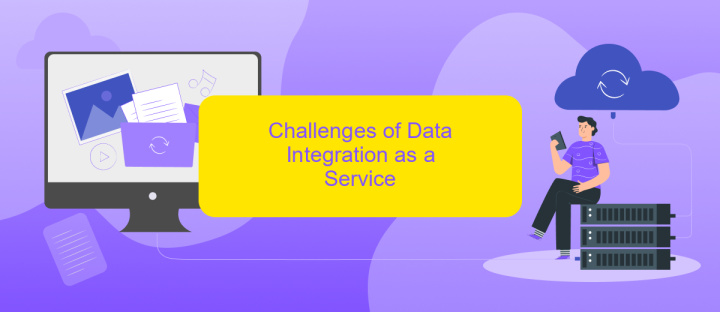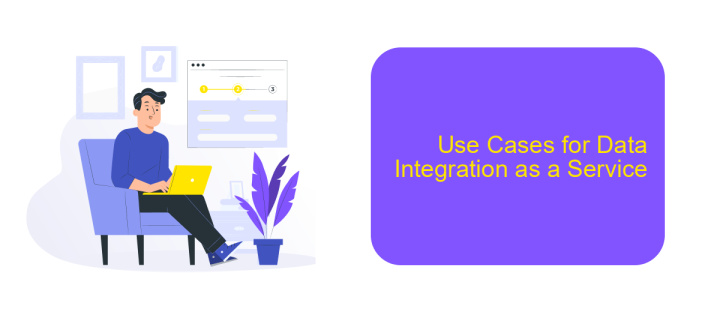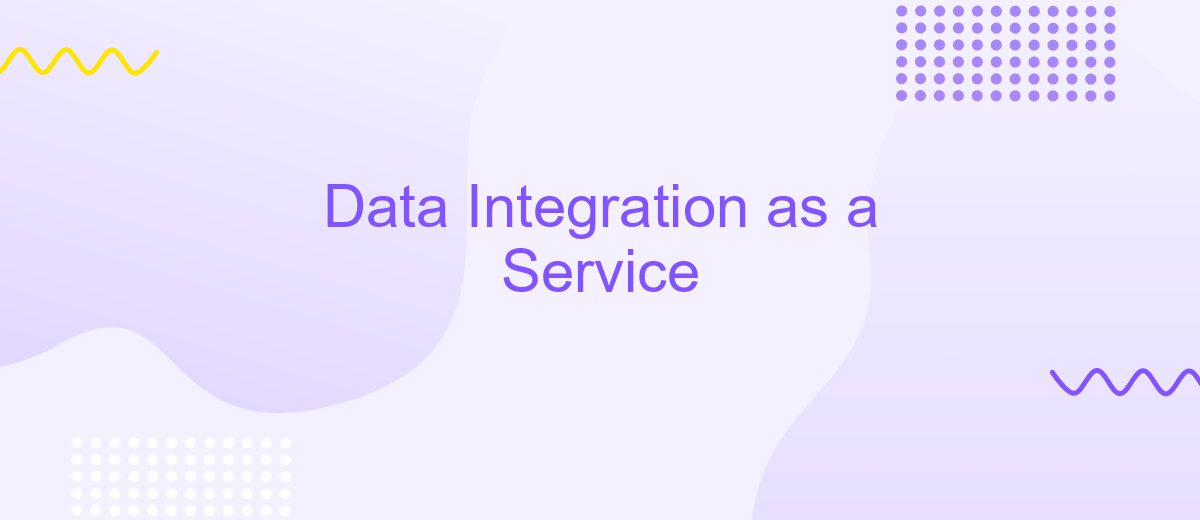Data Integration as a Service
Data Integration as a Service (DIaaS) is revolutionizing the way organizations manage and utilize their data. By providing seamless integration of data from various sources into a unified system, DIaaS enables businesses to make informed decisions, streamline operations, and enhance productivity. This article explores the benefits, challenges, and key considerations for implementing DIaaS in today’s data-driven landscape.
Introduction
Benefits of Data Integration as a Service

Challenges of Data Integration as a Service

Data Integration as a Service (DIaaS) presents several challenges that organizations must navigate to ensure seamless and efficient data management. One significant challenge is data consistency, as integrating data from multiple sources can lead to discrepancies and conflicts. Ensuring that all data is up-to-date and accurate across various platforms is crucial but often difficult.
- Data Security: Protecting sensitive information during the integration process is paramount. Ensuring robust encryption and secure data transfer protocols is essential to prevent unauthorized access.
- Scalability: As data volumes grow, the integration solution must scale accordingly. This requires flexible architectures that can handle increasing data loads without compromising performance.
- Compatibility: Integrating diverse data sources often involves dealing with different formats, structures, and standards. Ensuring compatibility and smooth data flow between disparate systems can be complex.
- Latency: Real-time data integration demands low latency to ensure timely data availability. High latency can impede decision-making processes and reduce the effectiveness of the integration solution.
Utilizing services like ApiX-Drive can mitigate some of these challenges by offering automated, secure, and scalable integration solutions. ApiX-Drive's platform simplifies the process of connecting various data sources, ensuring compatibility and reducing latency, thereby enhancing overall data consistency and security.
Use Cases for Data Integration as a Service

Data Integration as a Service (DIaaS) is increasingly becoming a vital tool for organizations seeking to streamline their data management processes. By leveraging DIaaS, businesses can seamlessly integrate disparate data sources, ensuring that information flows smoothly between systems without manual intervention.
One prominent use case for DIaaS is in customer relationship management (CRM). Companies can integrate data from sales, marketing, and customer service platforms to create a unified view of customer interactions. This holistic perspective allows for more personalized marketing strategies and improved customer service.
- Real-time data synchronization between e-commerce platforms and inventory management systems.
- Automated data integration from various social media channels for comprehensive analytics.
- Seamless data migration during mergers and acquisitions.
- Integration of IoT data for enhanced operational insights.
Services like ApiX-Drive facilitate these integrations by providing a user-friendly interface to connect various applications effortlessly. With ApiX-Drive, businesses can set up automated workflows that ensure data consistency and accuracy across all integrated systems, thus enhancing operational efficiency and decision-making processes.
Future of Data Integration as a Service
The future of Data Integration as a Service (DIaaS) is poised to be transformative, driven by advancements in machine learning and artificial intelligence. These technologies will enable more sophisticated data mapping, anomaly detection, and predictive analytics, making the integration process faster and more accurate. Additionally, the rise of Internet of Things (IoT) and edge computing will require more robust and scalable integration solutions to handle the increasing volume and complexity of data generated by connected devices.
Another significant trend will be the growing importance of low-code and no-code platforms, such as ApiX-Drive, which simplify the integration process for non-technical users. These platforms will democratize data integration, allowing businesses of all sizes to seamlessly connect disparate systems without the need for extensive IT resources. As a result, companies will be able to achieve greater agility and innovation, leveraging integrated data to drive better decision-making and operational efficiency.
FAQ
What is Data Integration as a Service (DIaaS)?
How does DIaaS benefit businesses?
What types of data sources can be integrated using DIaaS?
How secure is Data Integration as a Service?
What tools can help with implementing and automating DIaaS?
Apix-Drive is a simple and efficient system connector that will help you automate routine tasks and optimize business processes. You can save time and money, direct these resources to more important purposes. Test ApiX-Drive and make sure that this tool will relieve your employees and after 5 minutes of settings your business will start working faster.

